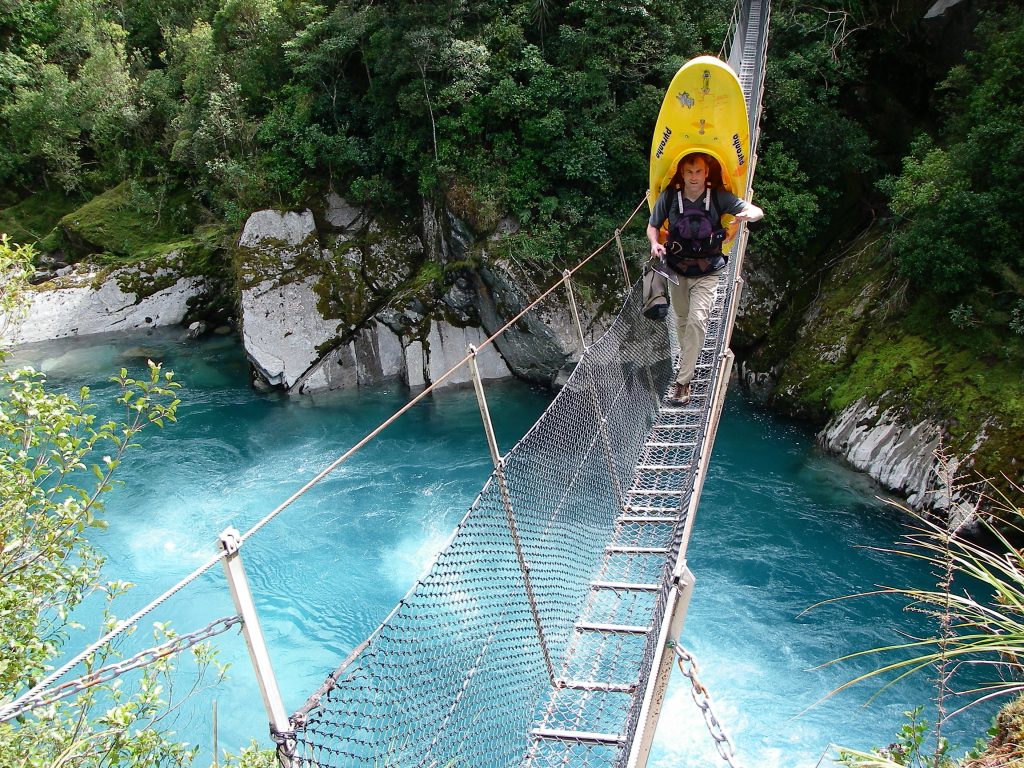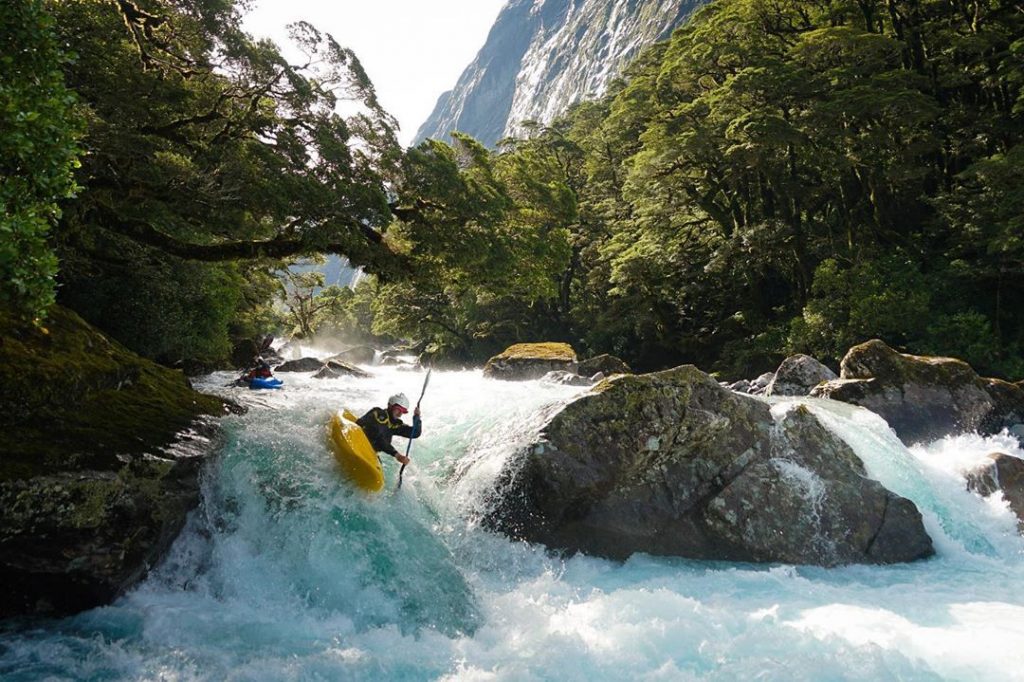
With Daylight Savings kicking in and the weather starting to warm up, now is the ideal time for all of us to get out in a boat after work or during the weekend for our white water fix.
Continuing on from our previous posts which focused on improving core strength, stability and developing the ABC’s of movement this week we are looking at how we can warm up effectively to help we can help minimise injuries and spend more time on the water this summer.
How can we minimise injuries?
Over this next section we will talk through some key concepts that when introduced should help to minimise the likelihood that an injury may occur.
Effective Warm Ups
How many times have you got on a river and made a mistake right at the start of the trip?! Well a warm-up prepares the body and mind for exercise and is thought to decrease the risk of injury during training and performance. A warm-up increases blood flow to the active tissues, increases body temperature, and allows the cardiovascular system to gradually increase from a resting to an active state.
A warm-up should be specific to the sport, and should include a progression in exercise intensity, and mobilisation of the muscles that will be used during the activity. If you have a paddle into the main white water this is an ideal time to use to warm up or if you are straight into it then maybe you might need to do a land based warm up
Warming Up using the “RAMP” Principle
The “ RAMP” principle was developed as a framework to effectively plan warm-ups that would lead to the outlined objectives above. This is as follows
R – Raise
A – Activate
M – Mobilise
P – Potentiate
Raise – This phase has the aim of elevating body temperature, hear rate and blood flow via low intensity activities
Activate – This phase has the aim of stimulating or activating key muscle groups that will be used within the sport.
Mobilise – This phase has the aim of actively working through a muscle through its range of motion
Potentiate – This phase has the aim of improving effectiveness of the subsequent performance.
What does a Generic On-Water Warm Up Look Like?
Step 1 – 5 Minutes paddle easy on flat water
Step 2 – 3 x 360 Circles on sweeps going left/ 3 x 360 Circles on sweeps going right
Step 3 – Offside Edge 360 Circle Left/ Offside Edge 360 Circle Right
Step 4 – 5 Minutes paddle medium to hard through gates
Step 5 – Specific White Water Moves – Crossing Flow/ Surfing etc
What does a Generic Off-Water Warm Up Look Like?
Step 1 – 5 Minutes Gentle Run
Step 2 – 4-6 Repetitions of 3 or 4 Full Body Activation Exercise (Examples: Double Leg Bridge, Superman, Dynamic Plank or Single Leg Windmill)
Step 3 – 6-8 Reptations of each Rotator Cuff Muscles using Theraband (Theraband Exercises)
If you are getting on the water and only have an eddy to sit in before you go for it, trying some static edging exercises to feel connected to the boat before eddying out.

Important Notes to remember:
– The older you are, the longer it takes to warm up
– The better shape you’re in, the longer it takes to warm up
– The higher the intensity and technical requirement of the river, the better the warm up needed
– The earlier in the morning, the better the warm up needed
– The colder the weather or the water, the better the warm up needed
These paddling fitness articles have been put together by Matt McKnight, Matt is professional Canoe Slalom coach and a keen whitewater paddler.
